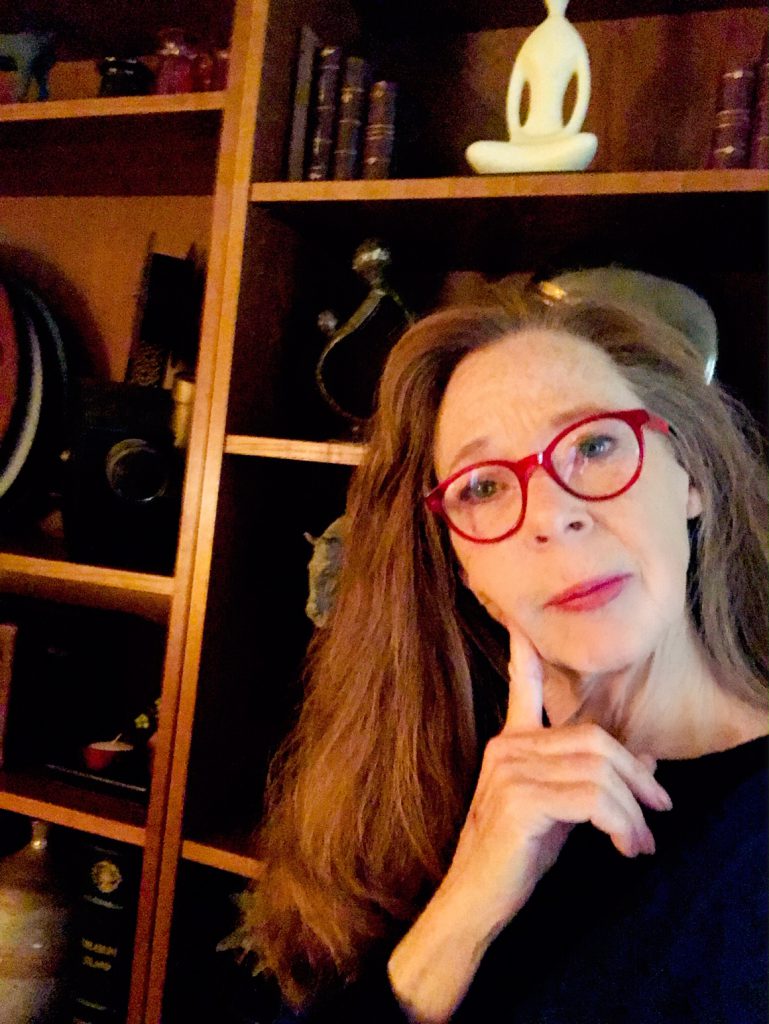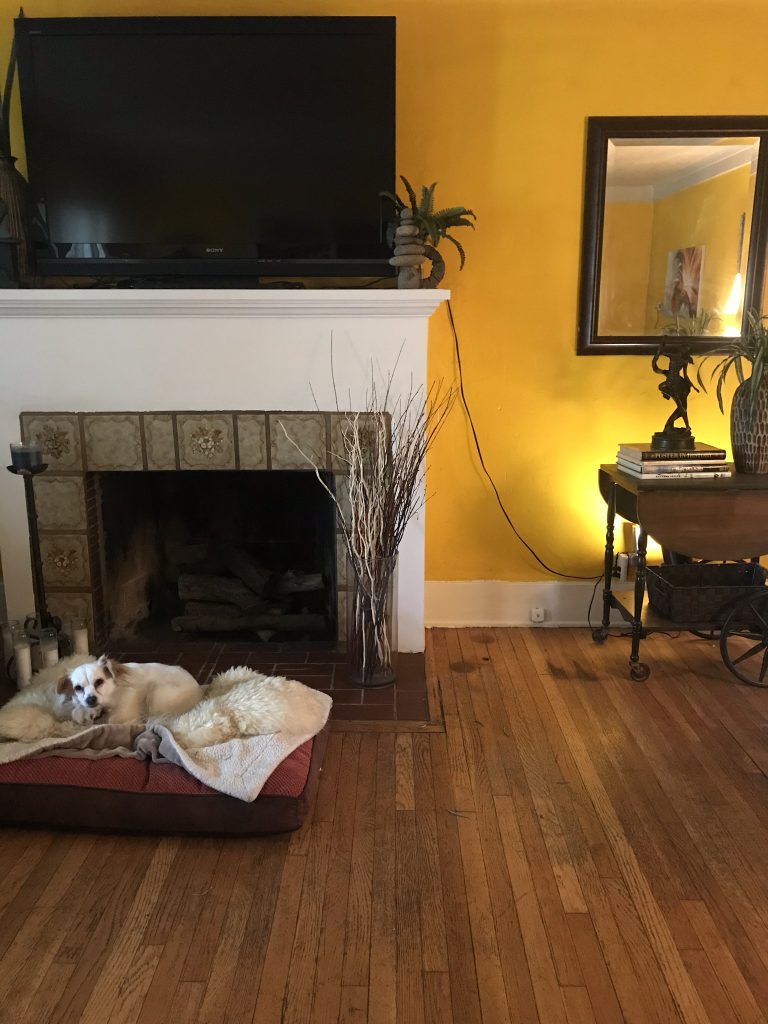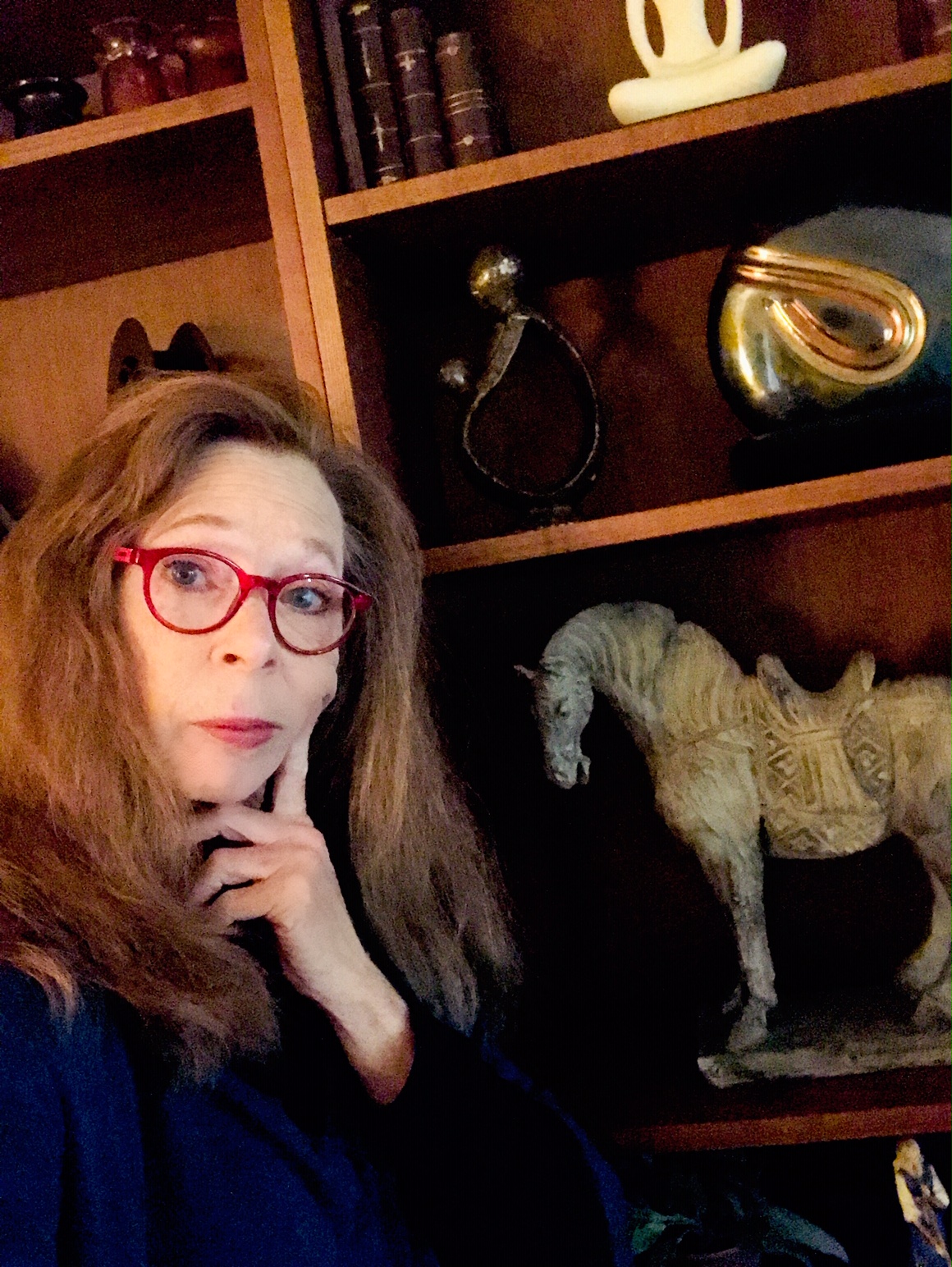
This is a philosophy that has been a long been standing guideline among the professional organizer community. When you bring in something new, get rid of something old.
Of course, it doesn’t have to be “old” to get rid of it. It just has to be older than what you bring in that’s new. It could be something no longer useful, no longer worn, no longer stylish, no longer loved, whatever. But it existed in your space longer than the new item you just brought in.
I, for one, love garage sales and thrift shops. Buying second-hand stuff is like a treasure hunt because I’ll often find things I wouldn’t find in a retail store and at half the cost. But I have to shop smartly, especially when it comes to room decor and art.
When I shop with my daughter, she has to point out what I’m not thinking about at the moment of my new discovery. “Mom, where are you going to put that?” she asks. I then look around my room mentally and can’t find a surface for it anywhere! Darn her!
Now, if I really, really wanted it, I would have to determine what item I could replace it with. No, the tabletop candelabra has to stay. But can I just move that somewhere else possibly? I ask myself. Well, what about that floral vase on the end table? I keep scoping the room out in my mind.
If I am able to find a place for it while scanning the room in my mind, I buy it. But I must really love it in order to buy it at the risk of having to get rid of something else though!
I’ve always had this same principle (or rule) going on regarding my clothes closet, as well. When I buy some new clothing or pair of shoes, I force myself to pull out something I haven’t worn in awhile or no longer love. Sometimes it hurts, but I make myself part with something.
And people love their books. One person I know purchased extra bookshelves to hold all their books, but now there isn’t anymore room for more bookshelves. What if they forced themselves to get rid of a book every time they bought a new book?
Imagine how much better our lives would be when we’re more in control of the belongings we have with this one simple guideline?
To put things into perspective, I try to think of the organized spaces I created and if I would be disrupting the harmonics of the room if I added too much to it. There are some hard choices to make when buying stuff.
Belongings are often personal. So are we willing to let go of something we have in order to replace it with something else? If we part ways with an item, will it haunt us later? Are we so fearful of letting go of something and later think that we wished we kept it?
I’m planning a trip with my daughter to some local thrift shops soon. I’ve gotten even wiser now though. I take photos of my rooms so there’s no mind-guessing on available space and occupied surfaces.
Maybe I’d have to rearrange some decor items on my bookshelf, but I don’t mind that so much. I just have to be careful to not clutter it up!
Of all the guiding rules I try to follow, I must not fall into that idea, “If there’s space somewhere, a woman will fill it.” While I believe that to have some truth – especially in this one area I just moved something out of, leaving a space void – I must keep trying to visualize the “openness” of the area now.
It’s killing me right now, but maybe it will stay an open space, maybe not. Time will tell, depending on my next thrift store treasure find.


